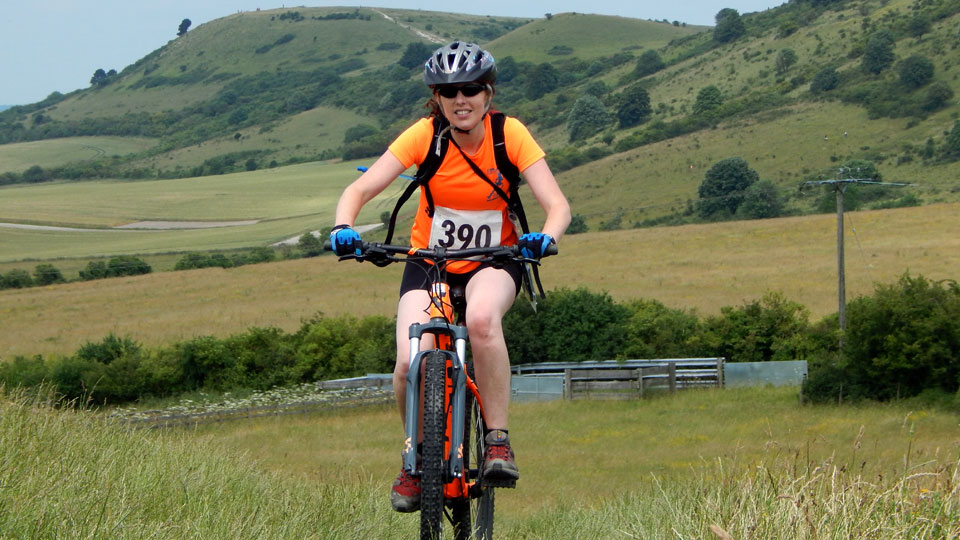Chilterns

Covid-19 Control Measures
- Last Updated: Monday 21 June 2021
This event will be held in accordance with the Governments COVID-19 Secure Guidelines
We confirm we have complied with the latest government guidance on managing the risk of Covid-19, in respect to holding the 2021 Chilterns Adventure Race on Saturday 03 July 2021.
We have carried out a Covid-19 risk assessment and made this publicly available for those people taking part in this adventure race to see.
We have cleaning, hand washing and hygiene procedures that will be implemented in line with current guidance.
We have taken all reasonable steps to reduce the risk of transmission and to help people take part safely in a Covid-19 secure activity/race.
We have taken all reasonable steps to maintain a 2 metre distance between people. Where people cannot keep 2 metres apart, we have ensured at least 1 metre distance and taken all mitigating actions possible to manage transmission risk.
We have avoided use of enclosed spaces where possible, and we have taken all reasonable steps to provide adequate ventilation in the enclosed spaces that will be used.
Understanding the Risks
It is possible to have COVID-19 with no symptoms. You can pass COVID-19 on to others if you only have mild symptoms or even no symptoms at all.
The main way of spreading COVID-19 is through close contact with an infected person. When someone with COVID-19 breathes, speaks, coughs or sneezes, they release particles (droplets and aerosols) containing the virus that causes COVID-19. These particles can be breathed in by another person.
Researchers say infections can happen outdoors, but the chances are massively reduced and very low. Fresh air disperses and dilutes the virus. It also helps to evaporate the liquid droplets in which it is carried. On top of that, ultraviolet light from the sun should kill any virus that’s out in the open. Even so, there are a handful of cases where it’s believed that infections did happen outside (e.g. people talking face to face for a significant period of time).
If someone’s infected they’ll be releasing the virus as they breathe. Some of that will be carried in droplets, most of which will quickly fall to the ground but could reach your eyes, nose or mouth if you’re within 2m (6ft) of them. So the advice is to avoid being face-to-face if you’re that close. The infected person will also release smaller particles called aerosols. Indoors, these can accumulate in the air and be a hazard. Outside they should rapidly disperse.
Passing someone on a footpath or bridleway, means you’re close together for a few seconds at most. Fleeting encounters like this are highly unlikely to be long enough for the virus to reach you. However, going for a run with someone and following close behind them for 20 minutes or more, breathing in their slipstream, might be a problem. So the greatest risk is from the people you know – your team members.
Lab tests have shown that the virus could last for days on surfaces. However, in the real world, many scientists now think that the amount of virus likely to be left on a surface in this way would be minimal. While coronavirus can live for more than 24 hours in indoor environments, it is not likely to survive for long periods of time on outdoor surfaces in sunlight. The chance of transmission through inanimate surfaces is therefore very small, especially compared to other ways of spreading the virus.
Where are the risks greatest?
All the evidence points to the vast majority of Covid infections happening indoors. The virus is transmitted through human interaction, especially when people are together for a long period of time. As a result the 2021 Chilterns Adventure Race will be held almost entirely outdoors (except for using the toilets of course). And participants won’t be brought together in any large group or gathering such as for a pre-race briefing or prize giving.
Protect Yourself & Others
Keep a safe distance (Social Distancing)
Stay at least 2 metres away from other people where possible. Reduce the time spent in busy areas where it may be difficult to socially distance. Avoid direct contact and face to face contact with other people, especially for any significant period of time.
Wash your hands
Wash your hands with soap and water or use hand sanitiser regularly throughout the day. You should wash/sanitise your hands after coughing, sneezing and blowing your nose and before you eat or handle food. Wash your hands after coming into contact with surfaces touched by many others. Where possible, avoid touching your eyes, nose and mouth. If you do need to touch your face, wash or sanitise your hands before and after doing so.
Cover your nose and mouth
Cover your mouth and nose with disposable tissues when you cough or sneeze. If you do not have a tissue, cough or sneeze into the crook of your elbow, not into your hand. Dispose of tissues into a rubbish bag and immediately wash your hands.
Wear a face covering
You should wear a face covering when indoors (i.e. for registration and when using the toilets) where social distancing may be difficult and where you will come into contact with people you do not normally meet. Wearing a face covering may not be possible in every situation or for some people who are exempt; please be mindful and respectful of such circumstances.
- 00Days
- 00Hours
- 00Minutes
- 00Seconds

